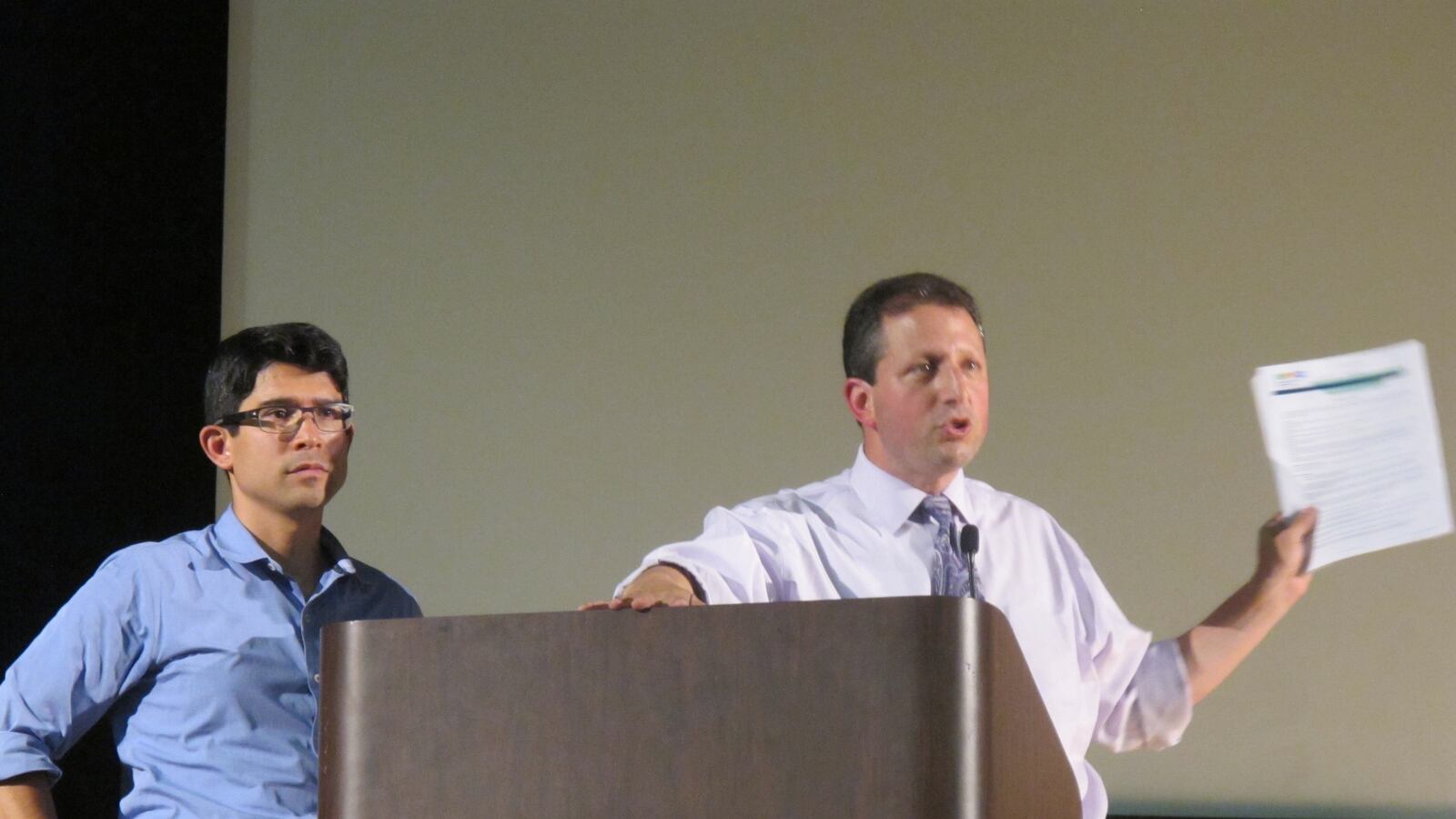The New York City Department of Education expanded an initiative to help schools promote diversity in admissions, opened gifted programs in areas where there weren’t any, and helped more students prepare for tests to get into elite high schools.
Those are just a few of the efforts the department outlines in its second annual diversity report, released Tuesday.
For the first time, the report includes a demographic breakdown of the city’s pre-K students. And the admissions methods used at each school have been broken out into a separate, easier-to-read list.
The report was released along with a promise that the DOE is working on “a larger plan this school year” to improve diversity — something the mayor has also said publicly, though no details have been shared.
City Councilman Brad Lander, who championed the 2015 School Diversity Act, the local law that mandates the report, called that pledge “a big deal.”
“That’s the change we were hoping this law would help move forward, and we’re encouraged to see we’re moving in the right direction,” he said.
New York City’s schools are among the most segregated in the country — an issue that has attracted growing attention and advocacy.
On the same day the diversity report was released, Public Advocate Letitia James called for the city Department of Education to appoint a chief diversity officer to “implement and oversee efforts to reduce segregation in New York City’s public schools.”
Here are some of the city’s initiatives, as listed in the report:
— The DOE enabled all schools to apply for its “Diversity in Admissions” program, which allows schools to set aside some seats specifically for students who are poor, learning English or who have other risk factors, such as being involved in the child welfare system. After an initial pilot, the program has been expanded to a total of 19 schools.
— The department started new gifted and talented programs in Districts 7 and 12 in the Bronx, and Districts 16 and 23 in Central Brooklyn. None of those had offered a gifted program in at least five years. The new programs start in third grade, and allow teachers to consider multiple measures rather than rely on a test for admission.
— The Specialized High School Admissions Test, which is required to get into the city’s elite high schools, will be offered during class time at seven schools, as part of a pilot project. The city hopes this change, along with expanded test prep, will increase the number of black and Hispanic students who take — and pass — the exam.
While the new initiatives represent improvement, they are still relatively modest, said Richard Kahlenberg, a senior fellow at the Century Foundation, a think tank focused on inequity.
“I give these efforts a B-minus,” he said. “We’re making a good start, but now we need to really push further to make an important difference in students’ lives.”
The Diversity in Admissions plans affect only a tiny set of New York City’s roughly 1,800 schools, and gifted programs are often criticized for their segregating effects. Meanwhile, at least one of the city’s efforts to increase diversity at its specialized high schools actually does more to help white and Asian students.
Still, there has been “really significant progress,” said David Tipson, executive director of New York Appleseed, which has pushed for school diversity initiatives.
Tipson was particularly encouraged by the report’s mention of district-wide diversity initiatives.
Districts 1 and 13 are using state grants to explore socioeconomic integration models such as “controlled choice,” though some community members say the initiative has been tied up in bureaucratic red tape at the DOE. Still, last year’s report didn’t even acknowledge the district-wide plans, and instead focused on single-school efforts that are also a part of the grant.
That shift is “very significant,” Tipson said. “I have a lot of confidence that really means something.”
The city has also taken steps to encourage integration in pre-K classrooms, which a recent report found to be more segregated than kindergarten.
The city now allows low-income students, whose pre-K is funded by the Administration for Children’s Services, to be served in the same classrooms as other city pre-K students. It also increased outreach to make sure homeless families enroll their children and know about gifted programs.
“Students learn better in diverse classrooms – including their peers and educators,” schools Chancellor Carmen Fariña said in a statement. “We’re committed to using a range of localized and systemic strategies to get at this important issue.”

